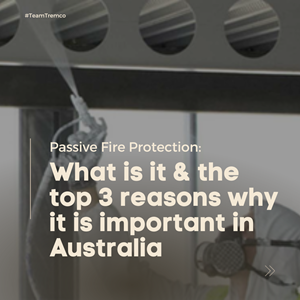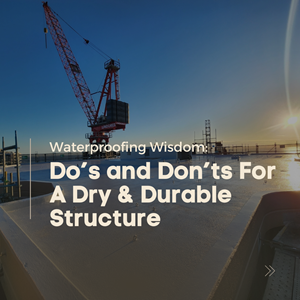Intumescent coatings are designed to protect structural steel from reaching a critical structural failure temperature. Steel begins to lose its strength and cause potential building collapse, which typically tends to occur around 500ºC. The coating reacts and expands to form a stable, carbonaceous char when exposed to temperatures of approximately 200ºC. This char acts as an insulating barrier, reducing the rate of heat conducted to the steel. The carbonaceous char must remain in place during any movement of the steel, such as expansion or deflection, until the required protection criteria is achieved. Consideration of a range of key factors come into play when choosing the right intumescent protection for your structure, including the fire rating, steel size selection, whether the product is being applied at the site or a factory, the limiting steel temperature, the construction, and final environment.
What other ways can schools ensure fire protection?
Conducting training and awareness programs for staff should be a regular occurrence as everyone can play a role in improving fire safety. Educating staff on things such as precautionary actions, escape routes, and knowing where all emergency exits are, as well as access points that allow fire engines to enter can significantly enhance safety.
Looking out for broken or frayed wires and planning regular inspections can prevent a disaster from happening. Remember, it could take a small spark to start a fire, especially in highly conductive areas like the science lab or art room.
Regular fire drills at school are a good exercise to practice how to evacuate the building safely and quickly with regular reminders of where the best assembly points can be located. Ensuring the students understand fire safety and prohibiting smoking on school grounds can help to avoid an incident
 Fire Protection
What is passive fire protection and the top 3 reasons why it is important in Australia?
Fire Protection
What is passive fire protection and the top 3 reasons why it is important in Australia?
 Flooring
Designing for Durability: The Long-Term Benefits of Resin Flooring in Education
Flooring
Designing for Durability: The Long-Term Benefits of Resin Flooring in Education
 Waterproofing
Waterproofing Wisdom: Do’s and Don’ts For A Dry & Durable Structure
Waterproofing
Waterproofing Wisdom: Do’s and Don’ts For A Dry & Durable Structure
